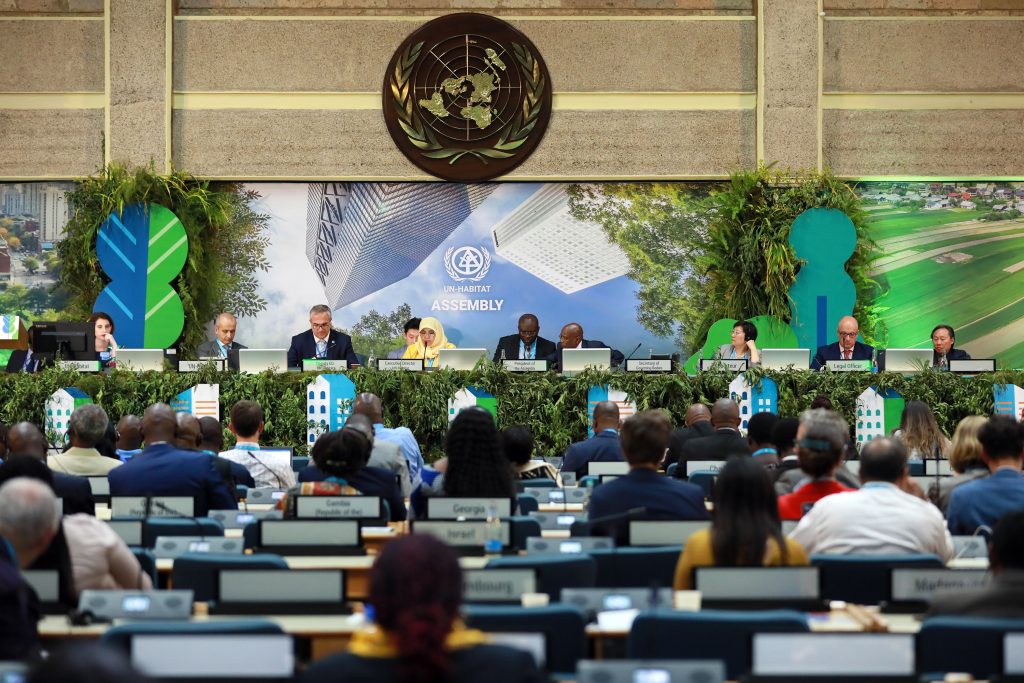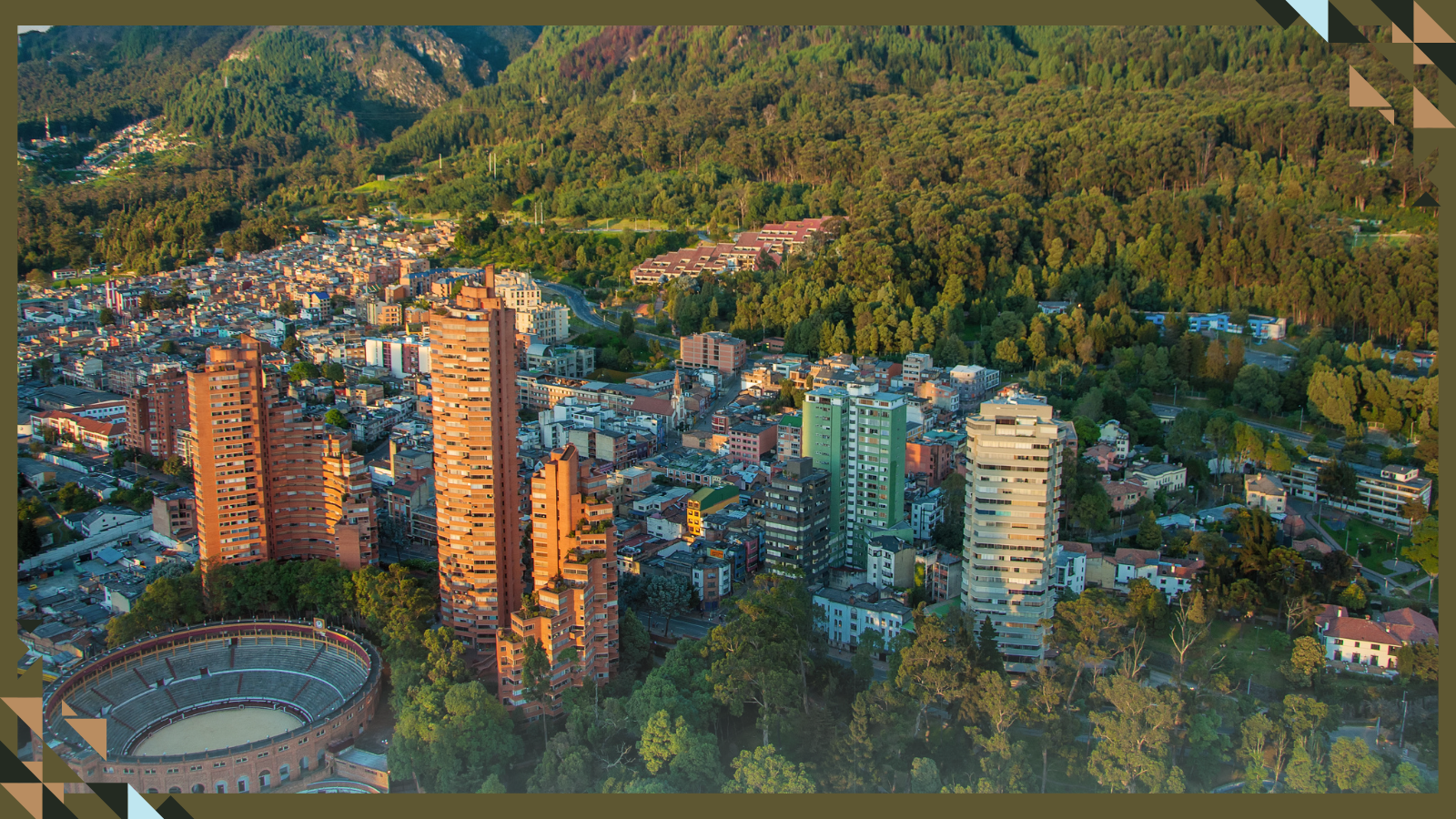Written by: Luis Antonio Ramirez Garcia
We have witnessed the rapid transformation of urban spaces over the past few decades due to factors like city development, population growth, and migratory waves. It is projected that by 2050, two-thirds of the global population will reside in cities or urban centres, according to the UN.
Traditionally, a city’s development has been influenced by economic, political, geographical, and social factors. However, in recent times, there is a growing recognition of the need to create and implement policies and urban developments that are adaptive and capable of addressing climate change challenges. This shift emphasizes the importance of integrating environmental considerations into urban planning and decision-making processes.
Why is biodiversity so important in urban areas?
Promoting biodiversity in cities can help tackle the climate change crisis. Incorporating it into urban development not only enhances the quality of life, but it also contributes to the sustainability of cities. Among the many benefits of urban biodiversity are climate regulation, air and water purification, as well as the mental and physical health benefits for the population.
The presence of biodiversity can also enhance the resilience of cities to environmental challenges and increase their economic value by increasing property values and tourism appeal. As a result, urban planners should integrate biodiversity conservation into their strategies to create cities that coexist harmoniously with the natural environment.
At the UN Habitat Assembly in Nairobi, Kenya in June 2023, a resolution was passed on biodiverse and resilient cities: mainstreaming biodiversity and ecosystem services into urban and territorial planning. Sponsored by Colombia, Costa Rica, Ecuador, Germany, Pakistan, Peru, Singapore, and Uruguay, this resolution encourages a shift in urbanization that considers biodiversity and ecosystem services. A key objective of the project is to transform cities into biodiverse and resilient places, promoting the mainstreaming of biodiversity and ecosystem services into the planning of cities and territories.

Among the world’s most biodiverse regions is Latin America. Approximately 60 percent of the world’s terrestrial life and diverse marine and freshwater species can be found in Latin America and the Caribbean (LAC), according to the United Nations Environment Programme (UNEP).
The LAC region is home to three of the five countries with the greatest number of birds, amphibians, mammals, reptiles, fish, and plants in the world. In the Amazon region alone, 10 percent of the world’s biodiversity can be found. This vast biodiversity is not just a treasure trove of natural wealth, but also a catalyst for opportunities in various sectors.
What are the benefits of Latin America and the Caribbean embracing biodiversity?
Recognizing this, aside from offering an opportunity for better urban development and climate resilience in cities, this resolution also represents an important step forward in other sectors in LAC. A plethora of opportunities are offered by this resolution for LAC, paving the way for a prosperous future. The region can take advantage of these opportunities by embracing biodiversity conservation and reaping its benefits across a wide range of sectors by embracing the power of biodiversity conservation.
Job creation
A key opportunity lies in the creation of new jobs. Providing priority to the conservation, restoration, and sustainable use of biodiversity will lead to numerous employment opportunities. It is anticipated that the demand for skilled professionals will skyrocket. This includes conservation scientists and environmental consultants as well as ecotourism operators and park rangers. The surge in employment will not only reduce unemployment rates, but will also contribute to revitalizing the economy in the region.
Economic boost
Furthermore, the resolution provides a unique opportunity for local economies to be revitalized. The implementation of conservation and restoration projects can stimulate economic activity if local materials are sourced and local labour is hired. In addition, the improved natural landscapes that result from these initiatives will attract tourists, thus boosting local businesses and creating a ripple effect throughout the region’s economy.
Sustainable investment
Another promising avenue offered by the resolution is sustainable investment. As we prioritize biodiversity and resilient cities, we can attract foreign and domestic investors who are increasingly seeking opportunities that are sustainable and socially responsible. As a result of the investment capital injection, the region’s economy can grow, innovation can flourish, and the overall competitiveness of the region can be enhanced.
Capacity building
Providing the workforce with the skills and knowledge necessary for effective biodiversity management is a crucial element of the resolution’s focus on capacity building. Investment in training and development programmes will enable individuals to drive sustainable practices and lead the region towards a greener future. The result of this will be an increase in the region’s workforce, an increase in economic productivity, and the development of a skilled labour pool that can tackle environmental challenges head-on.
Environmental protection
It is also important to note that the commitment to substantially increase financial resources for biodiversity conservation represents a unique opportunity for LAC. Using this financial support, initiatives can be developed that protect and conserve the region’s rich biodiversity, promote sustainable development, and safeguard critical ecosystems. As a result of such investments, the region’s economy, social well-being, and environmental stability will be greatly enhanced.
Scaling-up innovation
As a result of the resolution, the region has yet another opportunity to develop pilot projects and programmes. The initiatives, which encompass conservation, restoration, and sustainable use measures, will serve as testbeds for innovative approaches as well as models for replication. By implementing these projects successfully, ripple effects will occur, stimulating local economies, fostering entrepreneurship, and creating employment opportunities.
Biodiversity as a catalyst for prosperity
By embracing biodiversity conservation, we can unlock a world of economic, social, and environmental benefits. Each opportunity represents a stepping stone towards achieving a prosperous and sustainable future for the region, ranging from job creation and sustainable investments to capacity building and pilot projects. We should take advantage of these opportunities, collaborate across sectors, and work toward a shared vision of a thriving LAC, where biodiversity conservation serves as a catalyst for progress and prosperity.
Republished with permission from World Economic Forum







